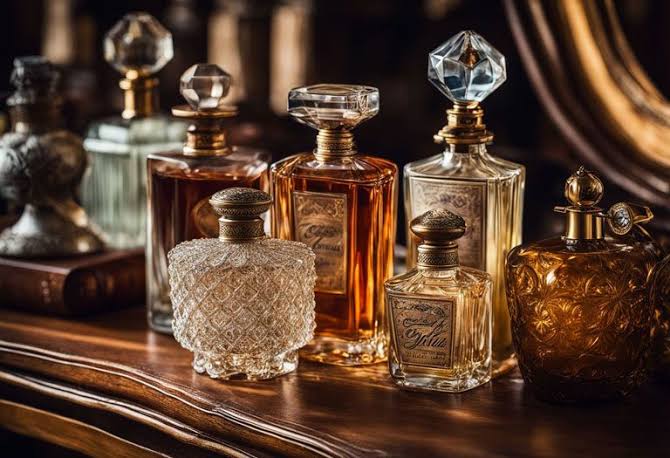
THE ESSENCE OF YOU: HOW PERFUME BECOMES A PART OF WHO WE ARE
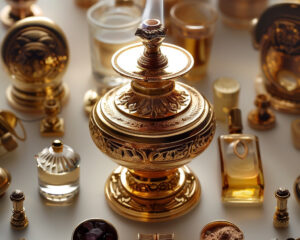
Perfume isn’t just a finishing touch to an outfit; it’s a quiet statement, a personal signature, and sometimes even a memory waiting to happen. More than a simple accessory, perfume can reflect our personality, moods, and even aspirations. Scent has this powerful, almost magical ability to bring memories rushing back, to set a tone, and to silently communicate parts of ourselves without saying a word
The Story of Scent: A Journey Through History
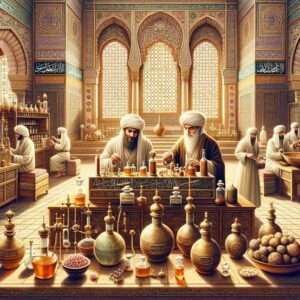
Perfume has always been part of human culture, dating back to ancient civilizations like Egypt, Mesopotamia, and India, where fragrant oils and incense played key roles in both ritual and daily life. The word “perfume” itself comes from the Latin per fumum, meaning “through smoke,” which nods to its origins in religious offerings. Scent has always been revered as something transcendent, meant to connect us with the divine, enhance our beauty, or offer a sense of comfort and familiarity.
Fast forward to today, and perfume remains a blend of art and science, shaped by centuries of evolution and cultural exchange. The Renaissance, for example, saw a burst of creativity in perfumery as scientific advances allowed perfumers to refine their craft. Modern chemistry introduced synthetic notes, making new fragrances possible and affordable while preserving rare natural ingredients. This unique blend of ancient and modern techniques makes the world of perfume a complex and endlessly fascinating one.
The Art Behind the Scent: Building a Fragrance
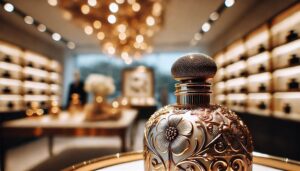
Crafting a perfume is like composing a piece of music—it’s about finding harmony in the right balance of notes. Perfumers begin with a “fragrance pyramid” that includes three layers, or “notes”: top, middle (also known as the heart), and base. Each note has a distinct role. The top note is the first impression, that fresh burst you smell upon spraying, which fades within minutes. The middle or heart note is the true essence of the scent, lasting several hours, and finally, the base note provides the depth, lingering long after the initial spray and giving the perfume its staying power.
Selecting ingredients for these notes is where the perfumer’s skill truly shines. From delicate flowers to earthy woods, or the allure of spices, each ingredient is chosen to complement and enhance the others. For example, a floral top note might pair with a spicy middle note and a warm, woody base to create a fragrance that feels both inviting and intriguing.
Perfumery Today: Art Meets Ethics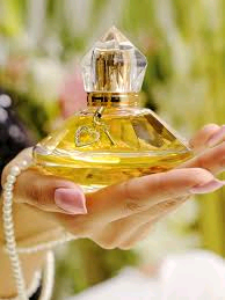
Today’s perfume industry has evolved to be not only a blend of art and science but also a conscious, ethical field. Master perfumers, also known as “noses,” work with a palette of ingredients that includes both traditional, costly elements like agarwood (known for its deep, rich scent) and innovative synthetic compounds. These synthetics allow perfumers to push boundaries, creating scents that are unique, consistent, and sometimes more sustainable than their natural counterparts.
Sustainability and ethical sourcing are becoming increasingly important in perfumery. Many perfume houses now prioritize ethically sourced ingredients, and some are committed to supporting the communities that grow and harvest these materials. This shift reflects a growing recognition that, like any art form, perfume should respect both the environment and the people involved in its creation.
Perfume as a Personal Experience

Perfume is much more than just fragrance; it’s an experience, a memory, a silent statement. Choosing a perfume is deeply personal—it’s about how you want to feel, how you want to be remembered, and the story you want to tell without words. With just one spritz, you can evoke memories, inspire emotions, and create an aura that’s uniquely yours. The next time you reach for your favorite fragrance, remember: you’re not just wearing a scent; you’re wearing an essence that’s part of who you are.
uzochukwunnaemezie@gmail.com
https://wa.me/qr/TBOVDP6DH3RDF1







